|
Heat Exhaustion is downright horrible and Heat Stroke is life threatening. It is best of course to stay out of the sun but this isn’t always enough for some of us! This morning in the sun just west of Brisbane it was 37.9ºc at 10:30am. Sometime just being in a hot environment can cause heat absorption, also the body produces a lot of heat when there is increased activity but even, in this heat, that is not always a must. Especially for the very young, those who are pregnant & the older ones among us, but also for those working in an environment where there is lack of ventilation such as a shed or factory, not to mention those having to work outside or in protective clothing. Some people may be affected quicker due to infection, or a viral illness, those taking medications that affect the way the body regulates the bodies heat or lack of hydration from a few possibilities such as alcohol (as this dehydrates the body) & lack of fluid intake. This is certainly not an extensive list, just some ideas! Prevention is the key!
For the difference between Heat Exhaustion & Heat Stroke check out our blog post https://www.b-readyfirstaid.com.au/blog/whats-the-difference-between-heat-exhaustion-heat-stroke
0 Comments
Yes, I think you might have a clue from the picture, that this relates primarily to those carrying a child & typically in the last trimester of pregnancy or when visually pregnant. Specifically speaking about the inferior vena cava as it is the largest vein in the body and carries de-oxygenated blood from the lower part of the body back to the heart & lungs to be re-oxygenated. The blood enters back into the heart through the right atrium of the heart. It also has valves to stop blood flowing, in a downward direction with gravity. Isn’t the body marvellously made! A vein is not like an artery that, which has thicker vessel walls. Therefore, this large diameter vein actually has very thin walls and can be put under pressure causing the blood traveling back to the heart to be either restricted or even completely stopped. It lies to the right side of the vertebral column in the abdominal cavity. Why do we think of this for those mum’s to be? Imagine if the blood flow is limited to both mum and bub during a first aid emergency. If CPR is required start straight away don’t delay and if there is something you can utilize available, chock up her right hip at approximately 15-30 ◦. We suggest something such as a rolled-up towel, jumper, her handbag, pillow or cushion. This will move the baby and fluid etc to her left off the uterus and off the right side where this major vein is located. This is not to compromise the quality of compression's so it is best if their shoulders remain flat.
If your casualty is unconscious and breathing normally then there is no need to commence CPR, PHEW! However, they still need to be placed into the recovery position and guess which side that should be! “Labour to their LEFT” is the saying we teach for you to recall this when needed. How do you remember? This is stated in the Australian Resuscitation Council ANZCOR Guideline 6- Compression's ‘There are no published studies of optimum positioning in pregnant women undergoing cardiopulmonary resuscitation (CPR) so recommendations to date are extrapolated from manikin studies or studies of pregnant women who are not in cardiac arrest.’
This is a small cartilaginous extension of the lower part of the sternum or breastbone, just below where the ribs meet at the bottom tip. It is the smallest & lowest part of the sternum. At birth it is a thin and roughly a triangular shape which hardens in adult hood and fuses to the sternum, approximately between 15 and 29 years of age. It even flexes if you press it gently. It is a vital attachment point for several major muscles such as the diaphragm. In teaching CPR, we direct students to find the ribs, work your fingers up to where they meet, place a finger there and then place the heal of the hand above the finger position, towards the casualty's head. You can see just how close to the Xiphoid process that is. Much care should be given not to apply pressure as it is unsupported and can be injured, fractured, dislocate or even break away causing damage to various organs. This could puncture or lacerate the diaphragm or the liver, which as you can imagine is not helpful to a person who also requires CPR. Do take care but remember, ANY ATTEMPT IS BETTER THAN NONE!This is one of those topics that always creates a big discussion especially for certain industries that are at potential high risks for injuries, but in general there will be a level of anxiety for this potential situation. What is it?Crush injury
What can cause it?
Oh, there are some scary looking animals around that can give quite a horrible bite or sting, but unless someone suffers an allergic reaction or anaphylaxis, they may not even require medical assistance. Usually Ticks, wasps, ants, scorpions & centipedes can cause immediate and intense local pain around the bite or sting area, as well as localized redness and swelling.
If bites or stings occur around the face or neck area even if they are not allergic to the animal, this can cause difficulty breathing and require immediate first aid and medical attention.
Heat Exhaustion & heat stroke are a great concern especially over the summer months as the temperatures are on the rise, especially over the next few days in Brisbane. The most at risk groups are our little ones and those who are older. Did you know that once you are over 40 years in age that your body does not recognize you are dehydrated as early as it used to, therefore if you are thirsty you will require more fluids (water) than you realize to re-hydrate. Most of us when we get hot start to sweat, this is the normal mechanism to cool the bodies core temperature, but when this process is not functioning properly, that evaporation technique is not always adequate. Heat Exhaustion.Often heat exhaustion can begin with thirst and a headache leading onto nausea, dizziness which can lead to collapse. Just feeling lousy, unwell and maybe even discomfort.The body temperature is less than 40 deg C , will appear red & still be sweating in an attempt to cool down. Heat Stroke.This is worse than heat exhaustion as the core body temperature is rising and is above 40 deg C now, which is life threatening as now the bodies organs are being affected and it can cause unconsciousness and death.
First aid is the assistance provided for a sick or injured person sometime before professional help even arrives, that critical first care. It is not a difficult thing to learn and has been reviewed and tweaked over the years to allow us all to gain the confidence and skills to assist more appropriately and succinctly. Are they vital skills you may ask? Many would argue yes and that is me! I have seen, as you might have, how it can be the difference between life and death, a serious injury or lessening a problem, supporting someone at need weather that be a colleague, a family member or someone in the general public. Isn’t it important that we all help each other out when things go wrong and they do! No one should die because they needed first aid and didn’t get it.
I know what I do, but......I have changed my career a few times over the years & have always thought I wonder if I really do make a difference to someone, anyone's life. Connecting on social media has allowed me to hear some feedback over the recent years (all positive) & gee I'm so grateful for people taking the time to let me know. I celebrated 9 years at the beginning of this year (2017) training CPR & First Aid skills to thousands of people. I strive for continual improvement & really love my job & feel so blessed to be in the industry. I know what I do but sometimes it really hits you like a ton of bricks especially when you hear from students & businesses that what you taught them made such a difference. Let me share one of those stories.
|
AuthorI'm all about educating those who have completed a First Aid Course & those that haven't....... You can B-The one to make a difference so B-Ready! Archives
February 2018
Categories |
We Would Love to Have You train with us!
HoursOffice hours
M-Th: 9am - 5pm F: 9am-4pm |
Telephone |
|
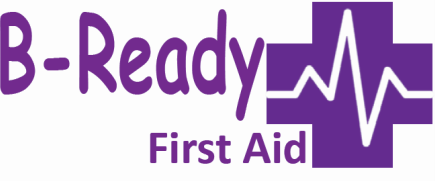


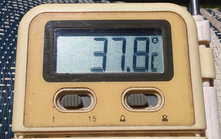
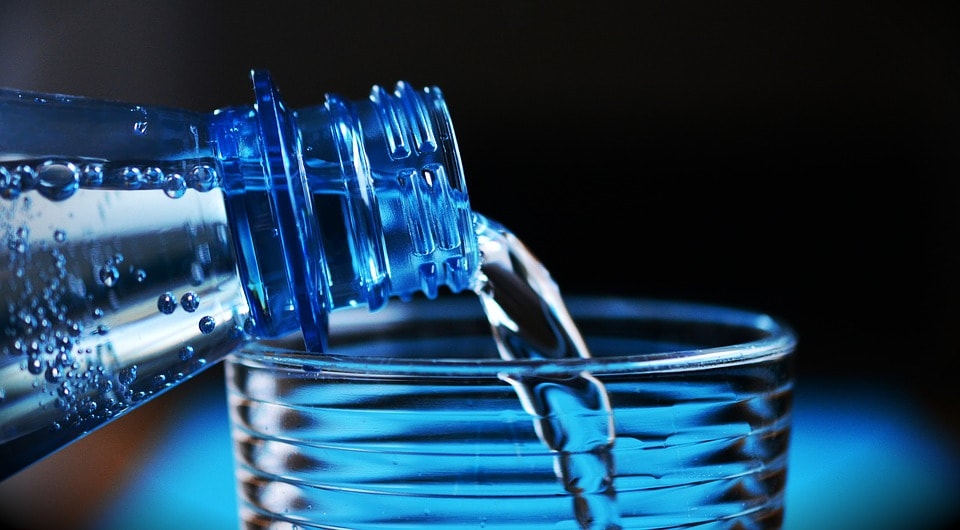
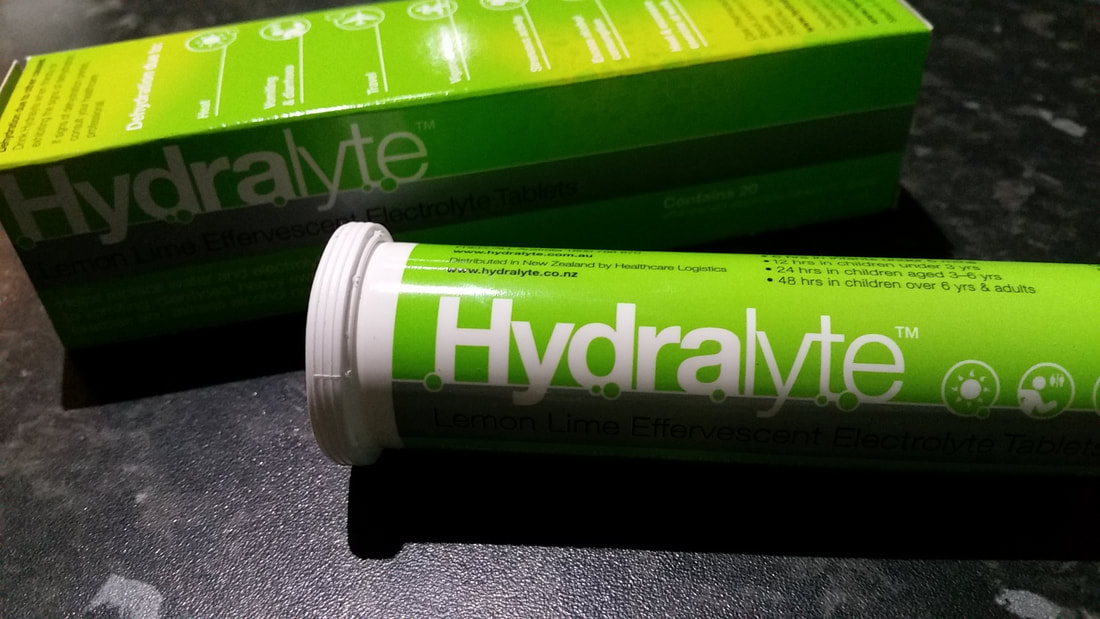
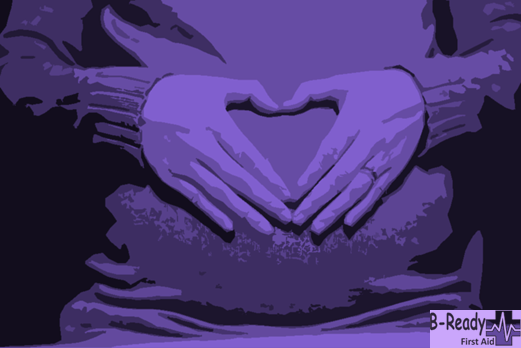
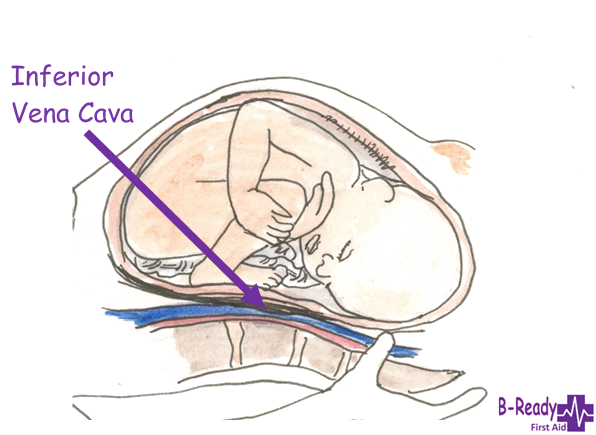
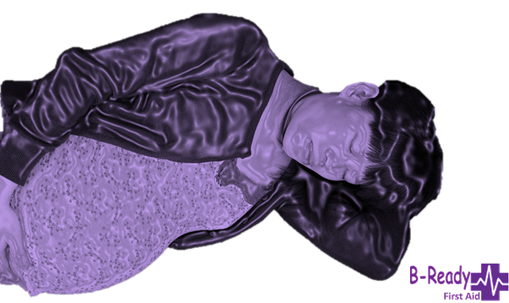
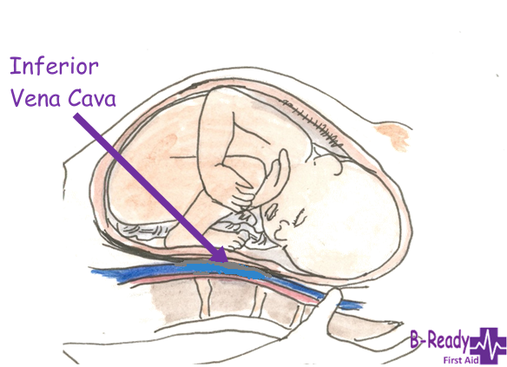

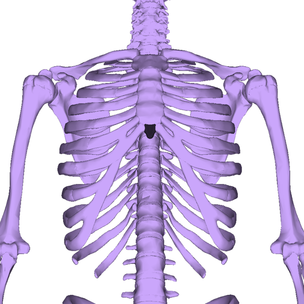
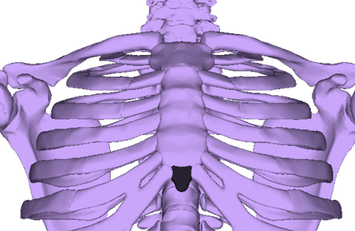
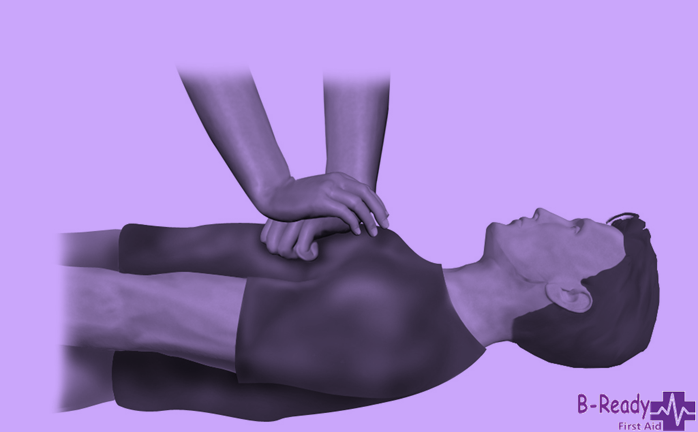
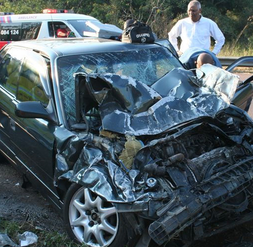
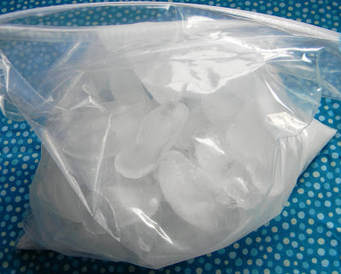
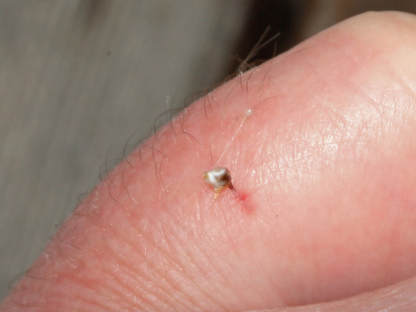
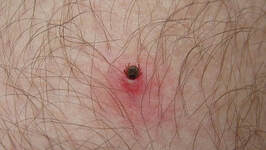
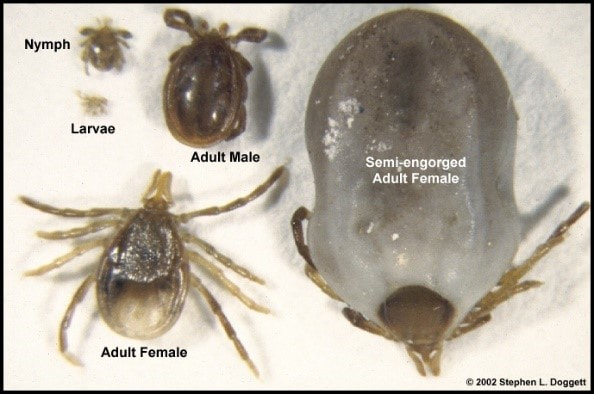
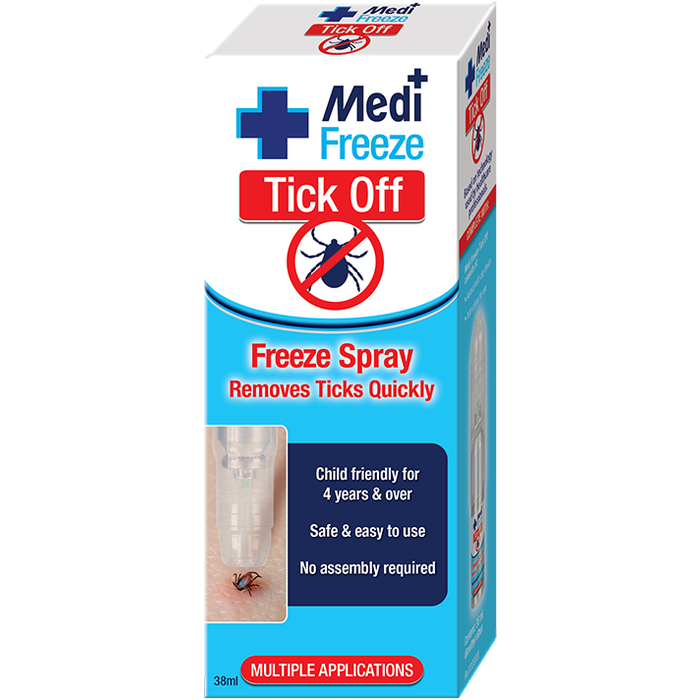

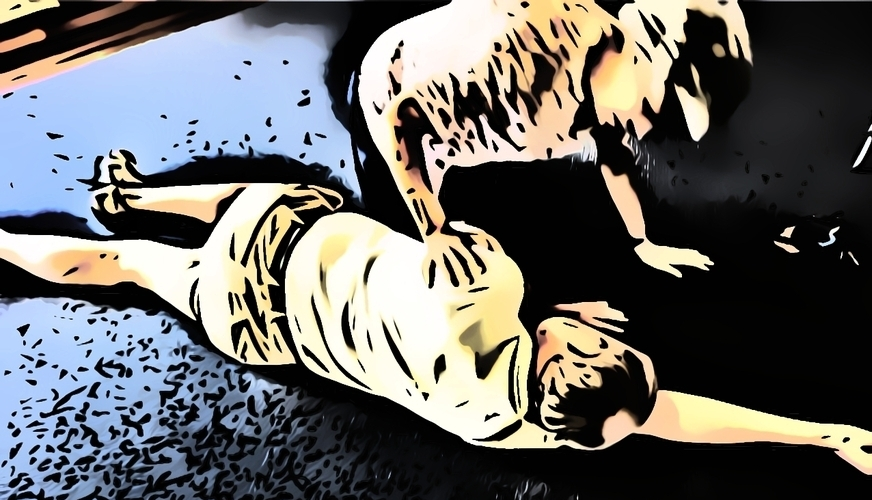
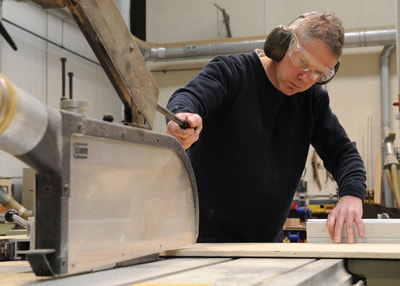
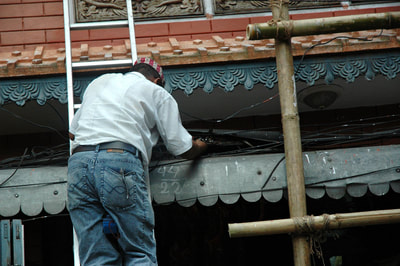
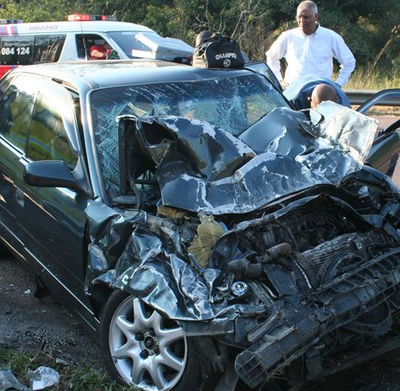
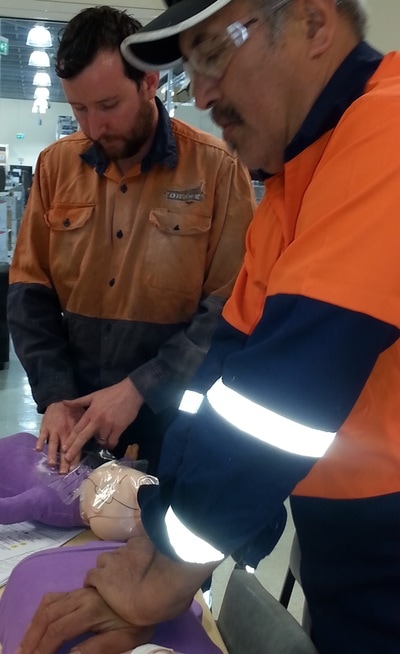
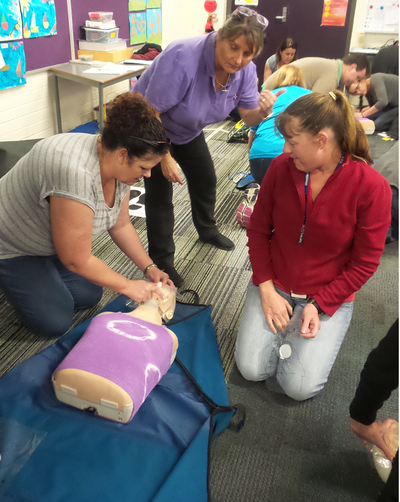
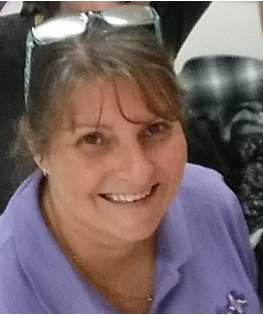
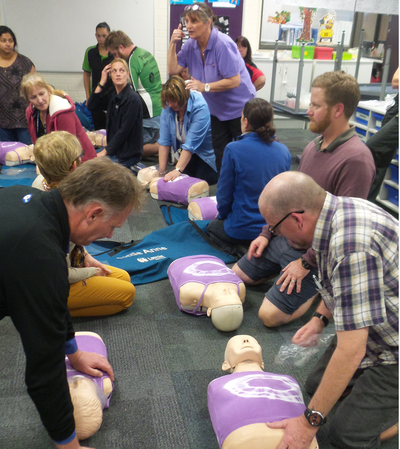
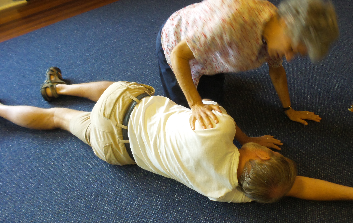
 RSS Feed
RSS Feed


